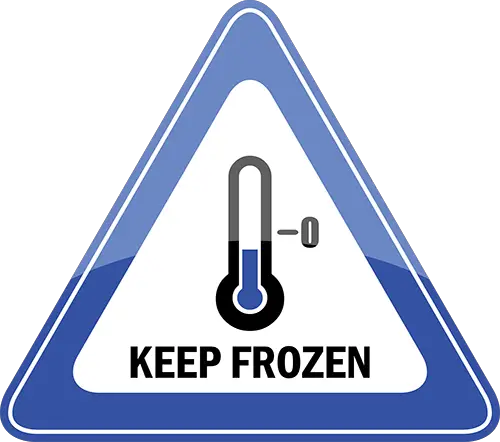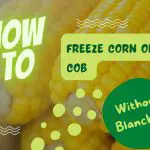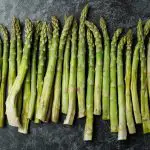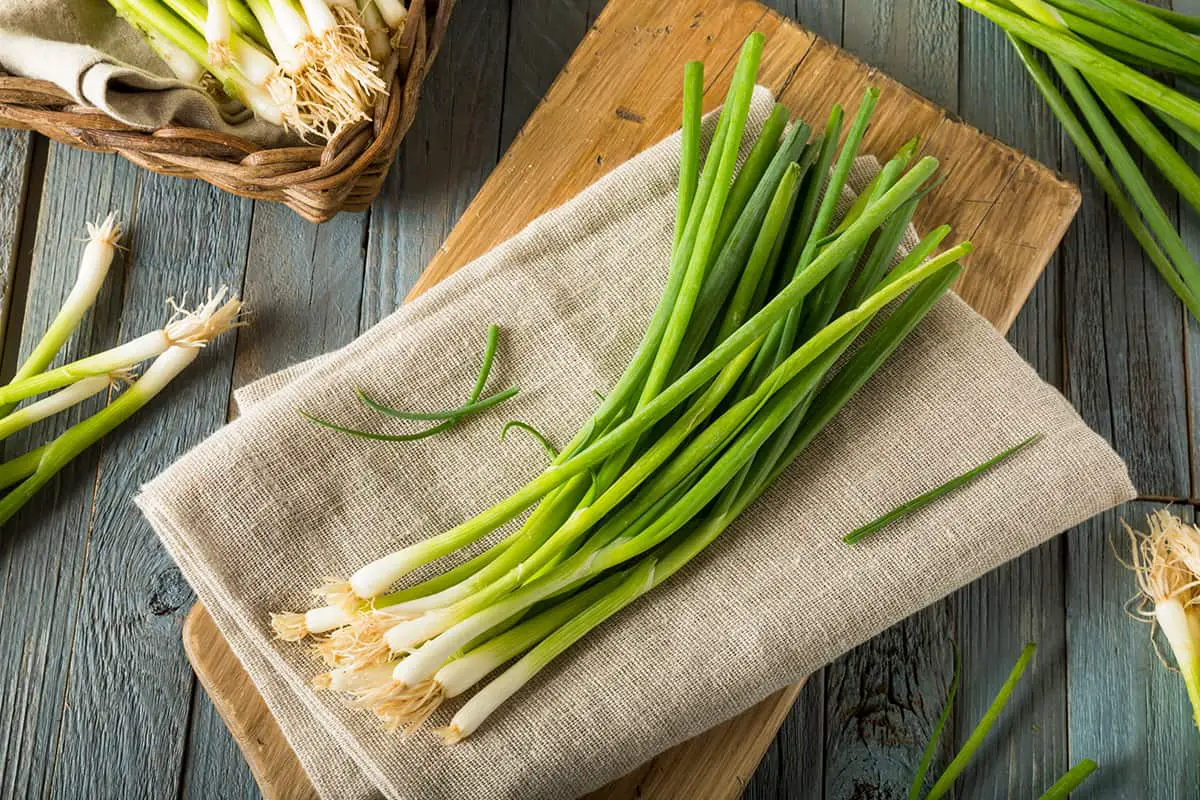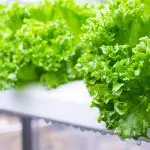What Vegetables Don’t Need Blanching Before Freezing? (Explained)
Who wants to run to the grocery store for fresh vegetables everyday? Frozen veggies last longer than fresh produce while also retaining most of the nutrients and vitamins. That said, freezing vegetables without blanching might lead to discoloration and loss of flavor.
Blanching refers to the practice of placing vegetables in boiling water followed by rapid cooling. Certain vegetables that do not need to be blanched include bell peppers, carrots, green beans, potatoes, tomatoes, onions, zucchini, and corn.
Wondering why? Stick till the very end of this article as I share more on blanching vegetables, tips & tricks for preserving them, and much more!
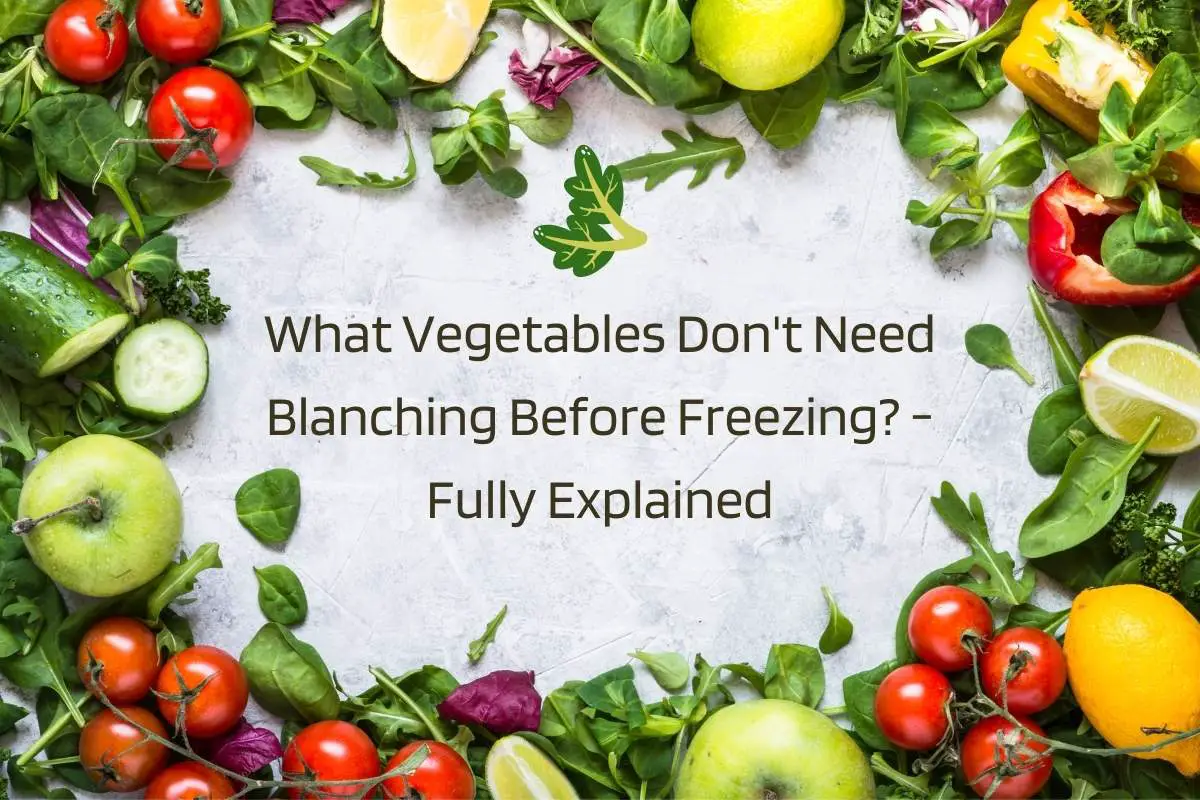
What Vegetables Don’t Need Blanching Before Freezing?
Every vegetable contains certain enzymes which cause loss of quality and decay over time. Blanching helps delay/ block these reactions so that flavor and color do not change. Furthermore, it also cleanses the top layer and removes dirt which brightens the color of vegetables.
However, this blanching isn’t always necessary or recommended since some vegetables lose nutrients when they come in contact with warm water while others naturally contain chemicals that preserve them. Here are a few vegetables that can be frozen without blanching:
Bell Peppers
You should avoid blanching bell peppers as they already contain some chemicals that prevent them from decaying. Furthermore, blanching a bell pepper will also destroy the flavor. Bell peppers freeze wonderfully in their raw form. There are only a few recipes that require peppers in a soft form (i.e., mushy), for which you will have to blanch them.
Carrots
Carrots retain their nutrients better when blanched. However, you can skip blanching if you’re running low on time. Without blanching, you can expect a carrot to have a freezer life of 2-4 months.
As for freezing, you simply need to cut the carrots into the size you want and spread them on a prepping sheet, followed by freezing them for a couple of hours. This is a pre-freeze measure after which you can store them in a freezer bag for long periods of time.
Tomatoes
Squishy vegetables like tomatoes are prone to becoming mushy after thawing if you blanch them. To blanch or not to blanch also depends on the choice of dish you are cooking. For instance, when using tomatoes in dishes where you want the skin to act as a thin layer to differentiate between different flavors (a cherry tomato salad, for example), it is better not to blanch them.
On the flip side, blanching is highly imperative when making super soft delicacies where you want the skin to completely blend with the texture of your dish so that the tomato can melt into your mouth.
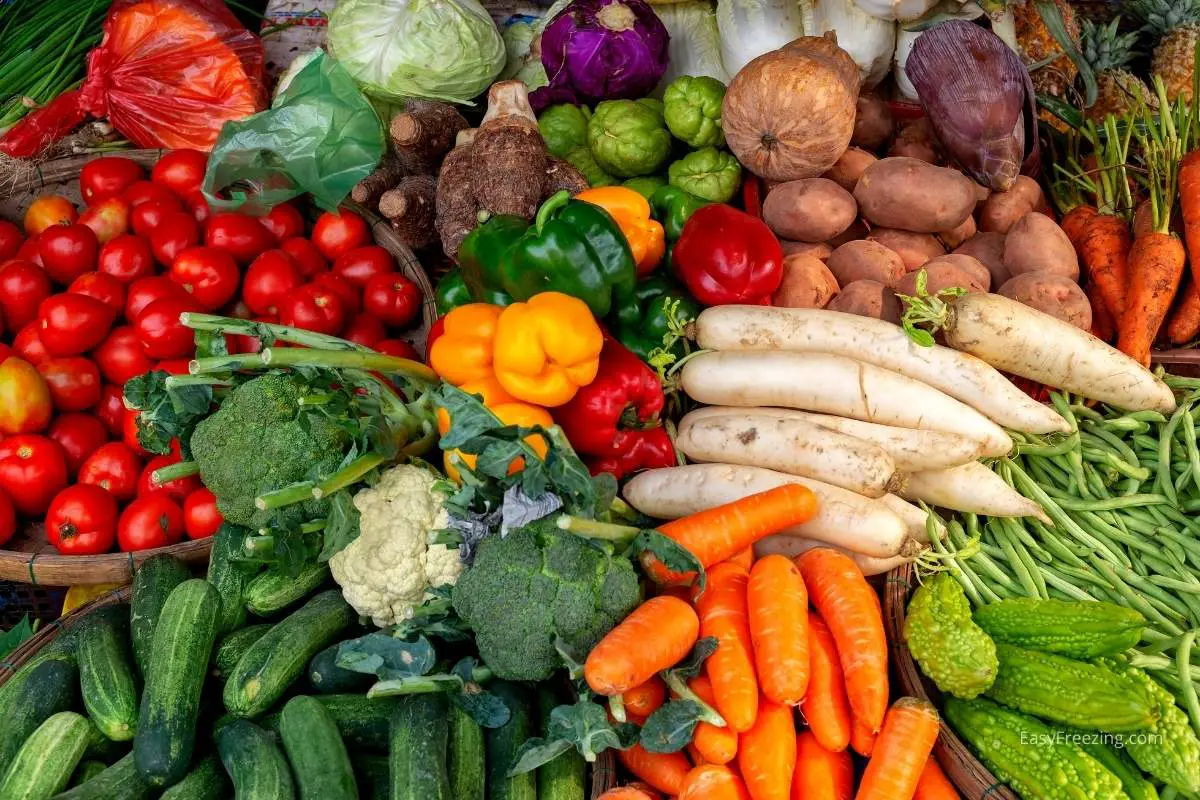
Onions
With onions, blanching or no blanching does not affect the flavor profile too much. Since blanching creates a crisp texture, you can carry it out if you want to use onions in fried or caramelized form later on.
Otherwise, dry packing onions or placing sliced onions flat in the freezer is the best way to preserve them for an extended period of time. Another reason why people steer clear of blanching onions is that they get overcooked too easily, which then deteriorates the flavor profile, making them taste somewhat bitter.
Corn
Even though you can store corn without blanching, most cooking aficionados like to blanch it. That said, there is no compelling reason to blanch corn if you are just going to put it in the freezer. Simply follow a pre-freeze cycle in which you get rid of the husks and silk followed by freezing it for 2-3 hours, and then place them into freezer-safe bags.
Potatoes
Raw potatoes contain about 79% water, which makes it quite difficult to freeze them. Instead of blanching, the potatoes are boiled. This process is quite similar to blanching but skips the ice bath. Boil the potatoes for 4-6 minutes till a point where they seem slightly cooked, then remove them from the water and let them cool.
When freezing potatoes, watch out for any patches with stains and remove them via scouring before boiling or freezing. Another important tip is to dice them into smaller-sized pieces so that you can store them more easily.
Zucchini
It’s best to blanch zucchini before freezing since raw zucchini gets weepy after thawing. However, zucchini can also be frozen without blanching. In order to freeze zucchini without blanching, shred it into fine strips and divide it into small batches. Then, place it in freezer bags and seal tightly.
Proper Way to Blanch Vegetables
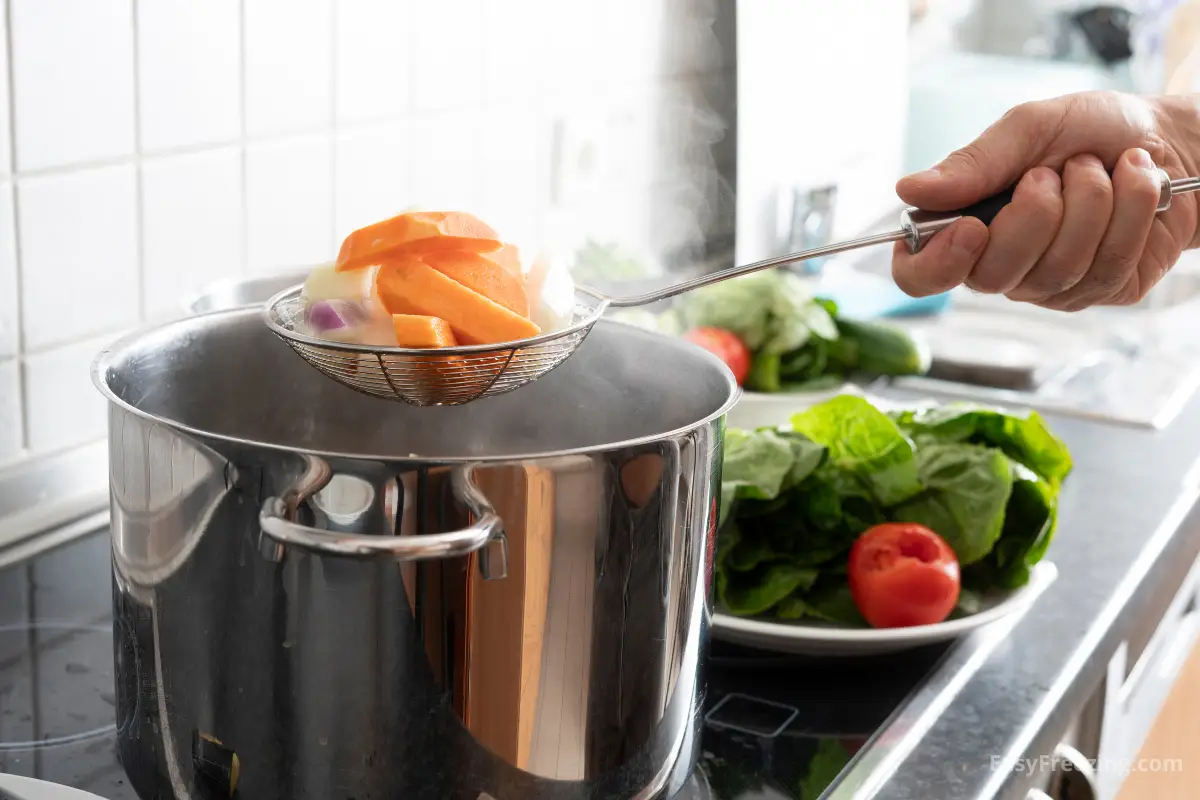
Although there are some vegetables that don’t need to be blanched prior to freezing, most vegetables will need to be blanched for best long-term storage.
When blanching vegetables, it is critical to monitor the time as under-blanching can catalyze enzyme activity, whereas over-blanching leads to partial cooking, loss of nutrients, color, etc. Here’s how to blanch and freeze vegetables:
- Wash your veggies followed by cleaning them.
- Cut them into small pieces and get rid of any pulpy areas via trimming.
- Fill a pot with water, wait till it starts to boil, and then add the vegetables to it. For squishy veggies or leafy greens, use a coarse mesh bag or a perforated metal strainer.
- Start keeping track of the time as soon as you put the vegetables in the water.
- When the time is reached (see table below), remove the vegetable and immediately place them in a bowl with ice and water to stop the cooking process.
- Drain the veggies thoroughly and make sure they are dry before placing them in the storage bag or container.
- Place them in the freezer.
Vegetable Blanching Times
| Vegetable | Blanching time in boiling water | Blanching time in steam |
| Asparagus | 2 minutes | 3 minutes |
| Beans | 3 minutes | 5 minutes |
| Broccoli | 3 minutes | 5 minutes |
| Brussels sprouts | 4 minutes | 6 minutes |
| Cabbage | 5 minutes | 9 minutes |
| Carrots | 5 minutes | 8 minutes |
| Celery | 3 minutes | – |
| Corn | 7 minutes | 10 minutes |
| Eggplant | 4 minutes | 6 minutes |
| Greens | 3 minutes | 5 minutes |
| Mushrooms | – | 9 minutes |
| Onions | 3-7 minutes | – |
| Turnips | 3 minutes | 5 minutes |
Frequently Asked Questions
That’s a wrap of all the vegetables that can be frozen without blanching. Before you go, here are a few more common questions answered around the subject:
What Vegetables can be Frozen Raw?
Peas, corn, broccoli, cauliflower, carrots, squash, spinach, kale, collards, and winter greens can be frozen raw, whereas onions and herbs need some prep in advance.
What Vegetables Should Not be Frozen?
Citrus fruits, cucumbers, lettuce, parsley, potatoes, radishes, and celery should not be frozen as these will get limp & soft and lose much of their flavor.
How to Thaw Frozen Vegetables?
Once you freeze your vegetables, you’ll need to know how to thaw them properly. To do this, place your veggies in a container filled with water at room temperature and let them sit for an hour. In some cases, you can even use a microwave for thawing.
Thanks for reading!
